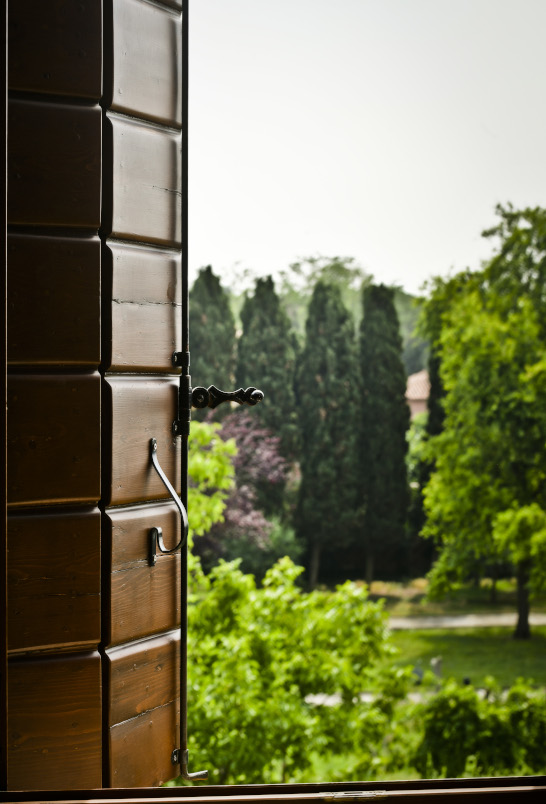The Garden of the Ss. Redentore


Historic Park
Al Redentore
Our resort has an exclusive view of one of the largest and most historic parks in all of Venice. A garden still inhabited by the Capuchin Friars as it was 500 years ago. It is particularly famous because during the plague epidemic that struck Venice in both 1576 and 1630, the Capuchin Friars were engaged in helping the sick using mainly the medicinal herbs grown in this historic garden.
Herbal
Cultivated for at least 500 years
Leonia
Sage has stimulating properties for bowel and gallbladder functions. It lowers blood sugar, decreases sweating and is also an effective natural antioxidant. Sage has also a balsamic effect on the respiratory system.
Acantha
For internal use, the plant has emollient properties and is used to treat irritated mucous membranes of the gastric tract and urinary tract. It favors the fluidification of bronchial catarrh and also has a calming and astringent effect on the intestine.
Rosemary
The sprigs of Rosemary were burned in the temples of ancient Greece; fumigations of the medicinal plant were used in the Middle Ages to ward off evil spirits and as protection against plague and infectious diseases.
Artemisia
Artemisia is considered useful for promoting digestion and as an antispasmodic against menstrual pain. Mugwort as a diuretic, bitter-tonic, emmenagogue, antispasmodic, sudor, febrifuge, cholagogue, sedative, anthelmintic, anorectic and digestive plant.
Olive's Tree
The olive tree is used as a remedy for fever, high blood pressure, atherosclerosis, hypercholesterolemia, hypertriglyceridemia, diabetes, diabetic ulcerations and retinopathies, rheumatoid arthritis, asthenia and as a remedy to promote diuresis.
Verbena
Lemongrass is useful against spasms and bacteria and has a decontracting and sedative action. It has always been used in the treatment of fevers and flu, against rheumatic and joint pains, and also for digestive difficulties as well as physical and mental fatigue.


